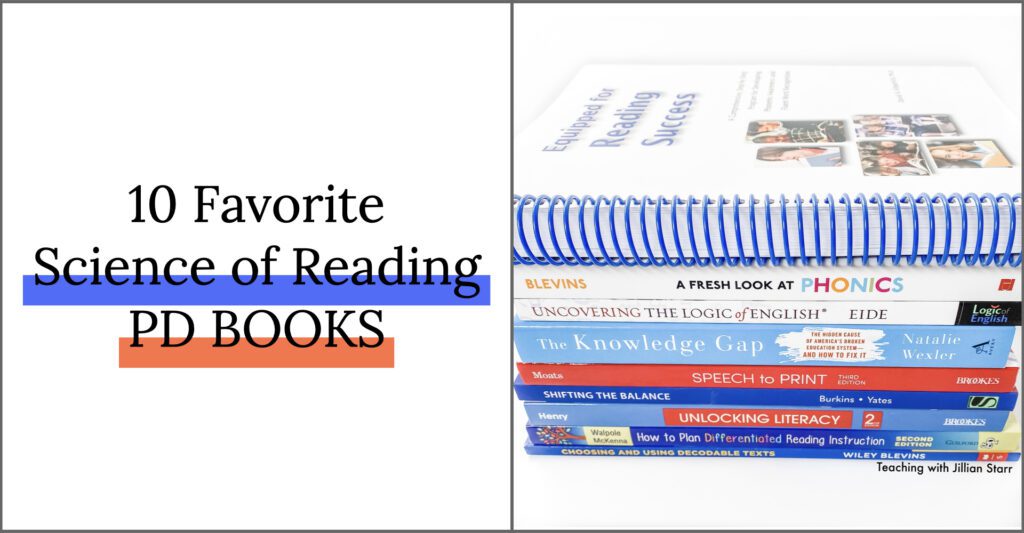
After my blog series about the Science of Reading, the number one question I received was “what are your favorite Science of Reading PD books?” I love this question because it means that teachers are invested in understanding how children truly learn to read, so they can best support their students.
Today I’m sharing 10 of my favorite Science of Reading PD books in hopes that it will help you dive deeper into the areas where you still have questions. Are you ready to check them out with me? Let’s go!
Shifting the Balance by Jan Burkins and Kari Yates
This book is wonderful for teachers just dipping their toes into the Science of Reading. The subtitle of this book is “6 Ways to Bring the Science of Reading into the Balanced Literacy Classroom.” It is a great starting place to be convinced (or convince others) as to why we need to be shifting away from Balanced Literacy toward what we have learned through the Science of Reading.
I love the way this book is organized. Each of the six chapters is dedicated to a specific shift (e.g. “Rethinking how Comprehension Begins” or “Revising High Frequency Word Instruction“). Every chapter is further broken down into sections. Each section targets a misunderstanding that teachers may have about reading instruction (e.g. “Reading Comprehension Begins with Print” or “Sight Words are the Same as High-Frequency Words“).
I love the tone, and how the authors do not seek to point out what teachers are doing wrong. Instead, they serve as a guide to shift your thinking and offer gentle changes you can make in your classroom. Personally, I would only read the first four chapters, as I feel that the last two do not fully align with the Science of Reading. However, the first four chapters offer a great first glimpse of and steps towards the Science of Reading.
Equipped for Reading Success by David Kilpatrick
This book is essentially three parts. The first is a wonderful summary of the research findings of how children learn to read, with a large focus on phonemic awareness and orthographic mapping. The second is a “How To” section, filled with word study activities that promote orthographic mapping and phonemic awareness. The third is the actual training exercises and resources. This book is intended to be a “Comprehensive, Step-By-Step Program” and can really support teachers who are looking for a place to get started.
A word of caution: I know teachers are always excited by the ready-to-use ideas. While this book is a treasure trove of activities and assessments you can use in your classroom tomorrow, I highly urge teachers to not skip over the first two sections of this book. You will be missing a lot of the WHY and strategies behind the activities themselves.
Speech to Print by Louisa Cook Moats
Wow! This book is DENSE, but worth the read! It is more of a textbook than many of the others on this list, but don’t let that deter you. Speech to Print gives an in-depth look at how language works by looking at both its structure and function. The first chapter provides an overview of why this topic is so important and backs it with all of the research and reviews that provide guidance on how to best teach reading.
The remaining chapters follow a progression, each providing deep yet accessible information in the following areas: phonetics, phonology, orthography, morphology, syntax, and semantics. The final chapter discusses the “so what?” I love how Moats is able to explain the relevance of this knowledge and its potential impact on our teaching and our student’s learning.
Unlocking Literacy by Marcia Henry
This book is part reference, part teacher guide, and together it is awesome! She divides her book into three sections. The first is titled, “Preparation.” Here we are given a detailed look at the relationship between spelling and reading, current research and its implications, and my favorite: the history and structure of the English language. If you geek out over spelling rules or Greek and Latin roots, you’ll love this!
The second section of her book is titled, “Instruction.” In this section, we are given SO MANY sample lessons and activities teachers can use to improve students’ phonological awareness and spelling. The range of skills covered is impressive and can be used through middle school or to differentiate in lower grades.
The final section is Henry’s references and appendixes which are filled with articles and lists that would make any teacher planning a literacy lesson happy! It’s a wonderful addition to your bookshelf.
A Fresh Look at Phonics by Wiley Blevins
This is such a wonderful read. Some of the other books mentioned in this list are dense text-book-like reads, but this one is full of information, yet easy to read. I’m not sure if it’s quite a beach read, but maybe that’s your style. Even though it’s easy to digest, don’t think that means that it’s fluffy. This book is a comprehensive and practical guide to phonics instruction.
It is meant for the classroom, so Tier 1 instruction. I love that it’s broken into two sections: 7 Key Ingredients for Phonics Success and then 10 Common Causes of Phonics Instruction Failure. Each success ingredient includes background information for the teacher, best practices, probing questions to examine your practices, and then practical next steps that you can implement in your classroom (e.g. activities, routines, word lists, scope and sequences, and ideas for differentiation).
In the section that discusses common causes of phonics instruction failure, Blevins explains each of these missteps, and tangible solutions to fix them. He gently shares explicit lessons, assessments, and routines that can be used to correct the course.
Choosing and Using Decodable Texts by Wiley Blevins
If you enjoy A Fresh Look at Phonics, Choosing and Using Decodable Texts is another great addition from Blevins. This book does exactly what the name suggests. It answers the questions: What are decodable texts? Why are decodable texts essential? How do you tell strong from weak decodables? What are successful routines for using decodables? How do I connect decodable texts to writing? and How do I extend decodables to build comprehension and vocabulary? It’s a quick and easy read if you’re looking to dive into using decodable texts in your classroom.
Uncovering the Logic of English by Denise Eide
One of my favorites! This is the ultimate rule book for all of my rule lovers! This book helps uncover the rules of English through systematic, easy-to-read examples. The author argues that 98% of English words can be explained through phonograms and spelling rules, and explicitly teaching these rules to students could transform literacy as we know it.
This is definitely my go-to for checking any and every rule. Whether I’m creating word lists, answering student questions, or deepening my own knowledge, Uncovering the Logic of English is a brilliant resource to satisfy each need.
The Knowledge Gap by Natalie Wexler
I want to make sure that we’re looking at both sections of Scarborough’s Rope in this post. While most of the previous books have focused on the bottom half of the rope (word recognition), this one focuses greatly on the top half (language comprehension).
The Knowledge Gap is another dense, but fantastic read! Wexler is actually an education journalist, not an educator. I appreciate her writing style and how she is able to weave in history, the science, and teaching vignettes to tell a full story. I also really enjoyed how her book was organized into three parts: The Way We Teach Now, How We Got Here, and How We Can Change.
Many of the books in this list have charts, graphs, photographs, and more that really require a hard copy in your hand. The Knowledge Gap is a different story and it is definitely worth checking out the audio version. Also, if you’d like to check out one of her recent articles to get a sense of her writing style and approach to this topic, check out Why So Many Kids Struggle To Learn.
Bringing Words to Life by Beck, McKeown, and Kucan
After you read The Knowledge Gap you may be thinking that you want to improve your explicit vocabulary instruction. I read the first edition of this book back in graduate school only a few years after it was released. Nearly twenty years later it is still claiming its spot at the top when it comes to vocabulary.
Bringing Words to Life challenges the notion (or rather debunks it) that students learn the meaning of words from context and exposure. Armed with the research, this book goes on to offer a systematic approach to delivering explicit vocabulary instruction. While it won’t offer you lesson plans, it WILL dive into how to select words to teach, how to introduce them and their meanings, and offers purposeful activities that will support building a robust vocabulary.
How to Differentiate Reading Instruction by Walpole and McKenna
While most of the books above are geared towards deepening teacher knowledge, this book is truly all about implementation and putting it all together. It offers a detailed framework for differentiating small group instruction with assessments, lesson plans, instructional activities, and more.
I love that this book goes into small group instruction for a variety of skills and how each will look different. Areas covered include phonological awareness, word recognition, fluency, comprehension, and vocabulary. While I have only read the version for Grades K-3, there is also a 4-5 version available for upper elementary teachers.
I hope these recommendations help you on your Science of Reading journey. Each serves a different purpose, but each is definitely worth checking out! Do you have a favorite that didn’t make the list? Let me know in the comments and let’s chat about it!

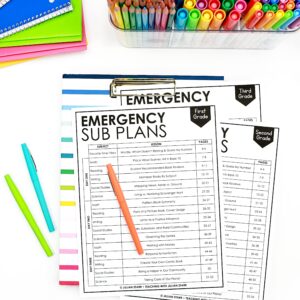

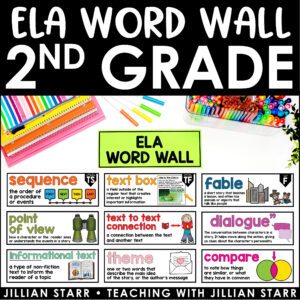
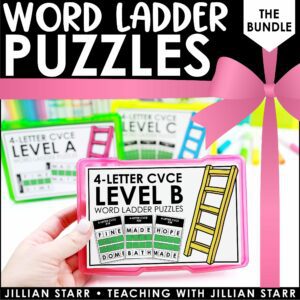
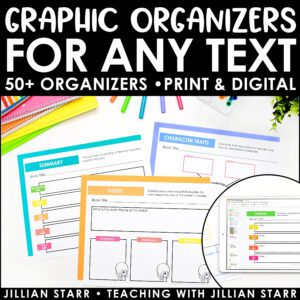
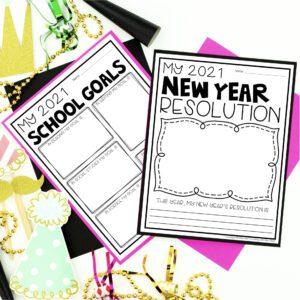

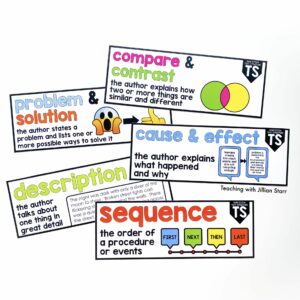


Leave a Comment